 |
 ความคิดเห็นที่ 57
ความคิดเห็นที่ 57 |

Tsar Bomba (Russian: Царь-бомба), literally "Tsar-bomb", is the nickname for the AN602 hydrogen bomb (codenamed "Ivan" by its developers) the largest, most powerful nuclear weapon ever detonated, and currently the most powerful explosive ever detonated in human history.
Developed by the Soviet Union, the bomb was originally designed to have a yield of about 100 megatons of TNT (420 PJ); however, the bomb yield was reduced by half in order to limit the amount of nuclear fallout that would result. Only one bomb of this type was built and tested on October 30, 1961, in the Novaya Zemlya archipelago.
เจ้า "ซาบอม" ระเบิด (นิวเคลีย) ที่ใหญ่ที่สุดในโลกนี้เดิมทีวางแผนให้มีแรงระเบิดขนาด 100 เมกาตัน (100 MT)
จำได้ไหมครับ เจ้า Ivy King ของอเมริกามีแรงระเบิดแค่ 500 กิโลตัน (500 KT) แปลว่า?
1,000 กิโล = 1 เมกา
ดังนั้น "ซาบอม" (Tsa Bomba) ของรัสเซีย จึงแรงว่า Ivy King ที่เป็นหัวเห็ดยักษ์ในรูปข้างบนนั่น............ 200 เท่า ครับ!
อย่างไรก็ดี ด้วยรัสเซียเป็นประเทศที่ดี จึงตระหนักว่าแรงระเบิดจะส่งผลกระทบไปทั่วทั้งโลก จึงได้ลดขนาดลงมาครึ่งหนึ่ง เหลือ 50 เมกาตันเท่านั้น - -'
The Tsar Bomba detonated at 11:32 on October 30, 1961 over the Mityushikha Bay nuclear testing range (Sukhoy Nos Zone C), north of the Arctic Circle on Novaya Zemlya Island in the Arctic Sea. The bomb was dropped from an altitude of 10.5 kilometres (6.5 mi); it was designed to detonate at a height of 4 kilometres (2.5 mi) over the land surface (4.2 kilometres (2.6 mi) over sea level) by barometric sensors.[1][4][5]
The original U.S. estimate of the yield was 57 Mt, but since 1991 all Russian sources have stated its yield as 50 Mt. Khrushchev warned in a filmed speech to the Communist parliament of the existence of a 100 Mt bomb (technically the design was capable of this yield). The fireball touched the ground, reached nearly as high as the altitude of the release plane, and was seen and felt almost 1,000 kilometres (620 mi) from ground zero. The heat from the explosion could have caused third degree burns 100 km (62 miles) away from ground zero. The subsequent mushroom cloud was about 64 kilometres (40 mi) high (nearly seven times higher than Mount Everest) and 40 kilometres (25 mi) wide. The explosion could be seen and felt in Finland, breaking windows there and in Sweden. Atmospheric focusing caused blast damage up to 1,000 kilometres (620 mi) away. The seismic shock created by the detonation was measurable even on its third passage around the Earth.[6] Its seismic body wave magnitude was about 5 to 5.25.[7] The energy yield was around 7.1 on the Richter scale[citation needed], but since the bomb was detonated in air rather than underground, most of the energy was not converted to seismic waves.
Since 50 Mt is 2.1×1017 joules, the average power produced during the entire fission-fusion process, lasting around 39 nanoseconds, was about 5.4×1024 watts or 5.4 yottawatts (5.4 septillion watts). This is equivalent to approximately 1.4% of the power output of the Sun.
"ซาบอม" ถูกจุดระเบิดในวันที่ 13 ตุลาคม 1961 ที่อ่าวมิตยูชิคา โดยระเบิดถูกหย่อนลงที่ความสูง 10.5 กิโลเมตร โดยระเบิดถูกตั้งให้ทำงานที่ความสูง 4 กิโลเมตรเหนือพื้นโลก (4.2 กิโลเมตรเหนือระดับน้ำทะเล)
โดยรายงานว่า ลูกไฟแผ่วงกว้างลงมาถึงพื้นโลก (ก็แหงล่ะวุ้ย - -') และยังแผ่ขึ้นไปเกือบถึงจุดที่มันถูกหย่อนลงมาจากเครื่องบิน
แรงระเบิดและแสงสว่างจากการระเบิดสามารถมองเห็นและรู้สึกได้ที่ระยะไกลออกไป 1,000 กิโลเมตร
ความร้อนจากการระเบิดสามารถทำให้เกิดภาวะถูกไฟลวกระดับ 3 ได้ที่แม้ระยะห่างออกไป 100 กิโลเมตรจากจุดระเบิด
กลุ่มควันรูปหัวเห็ดจากการระเบิดมีความสูงประมาณ 64 กิโลเมตร (ประมาณ 7 เท่าของยอดเขาเอเวอเรส) และกว้างถึง 40 กิโลเมตร
แรงระเบิดและลูกไฟทำให้คนที่อยู่ในฟินแลนด์ยังสามารถรู้สึกและมองเห็นได้, ทำให้กระจกในสวีเดนแตก
แรงระเบิดก่อให้เกิดการสั่นสะเทือนที่วัดได้ 7.1 ริกเตอร์ แม้ว่ามันจะไม่ได้ฝังอยู่ในดินขณะระเบิดก็ตาม
ท้ายที่สุด แรงระเบิดของ "ซาบอม" คิดเป็นพลังงาน 1.4% ของดวงอาทิตย์ครับ
| จากคุณ |
:
art_sarawut   
|
| เขียนเมื่อ |
:
10 พ.ย. 52 19:39:10
|
|
|
|
 |
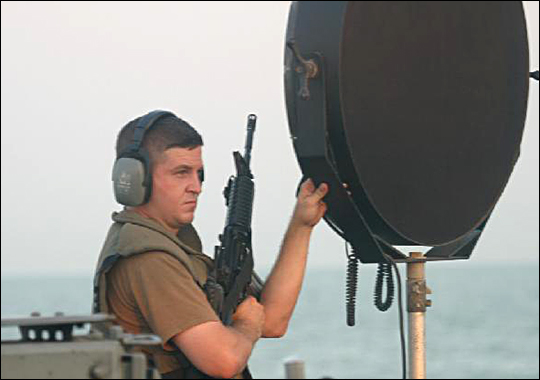



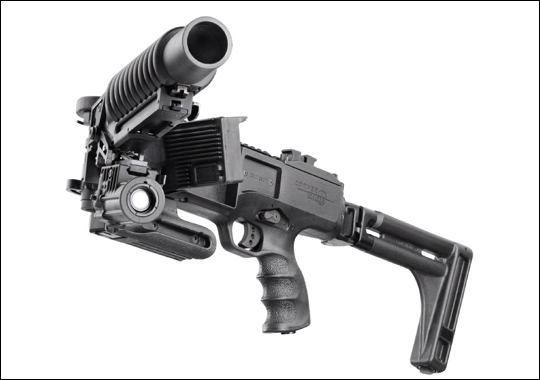
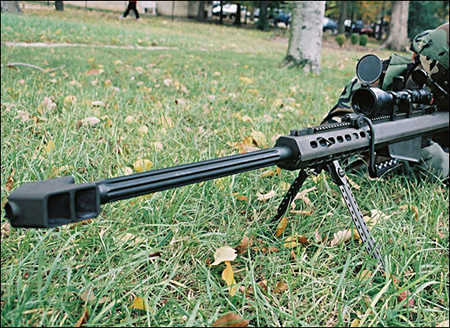
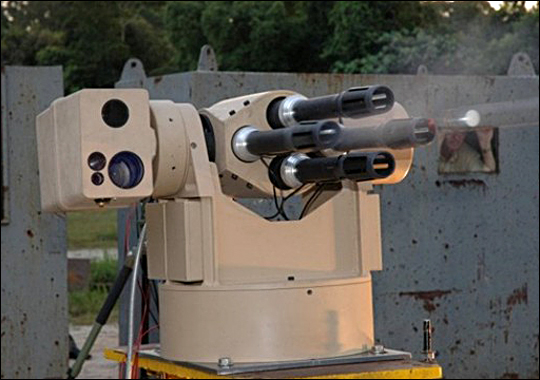
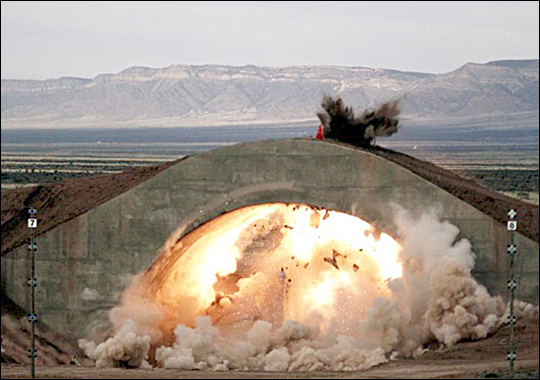
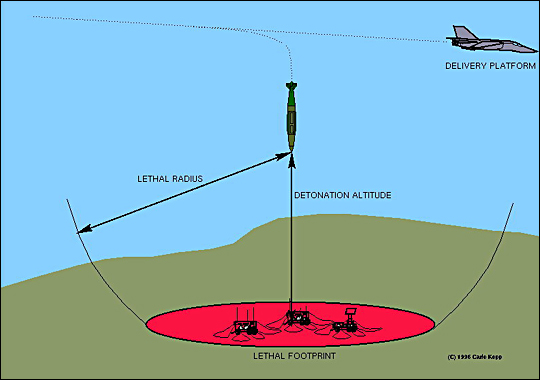
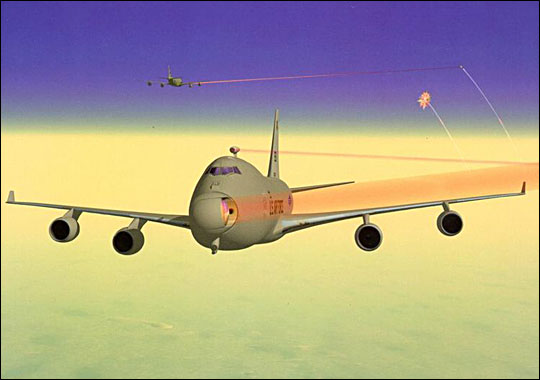

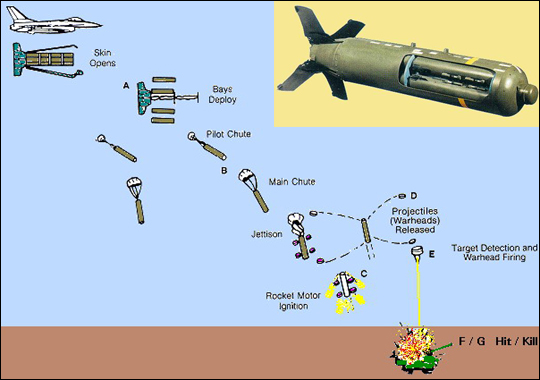
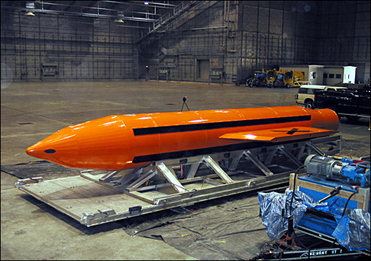



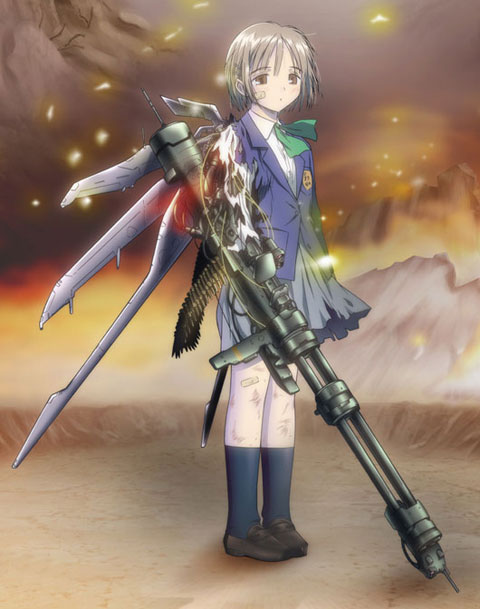

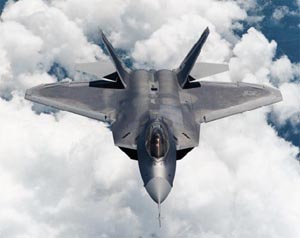

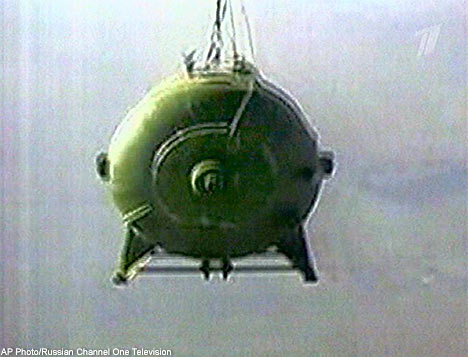
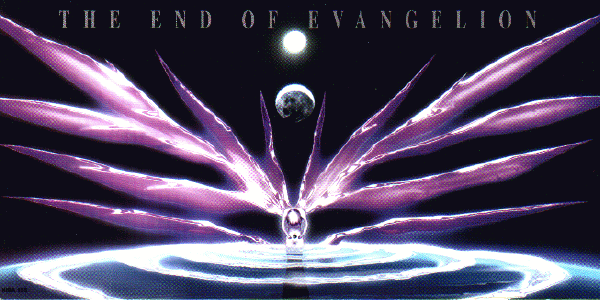

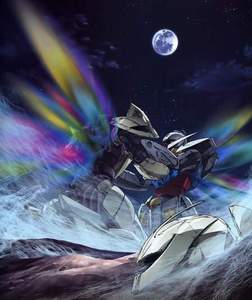
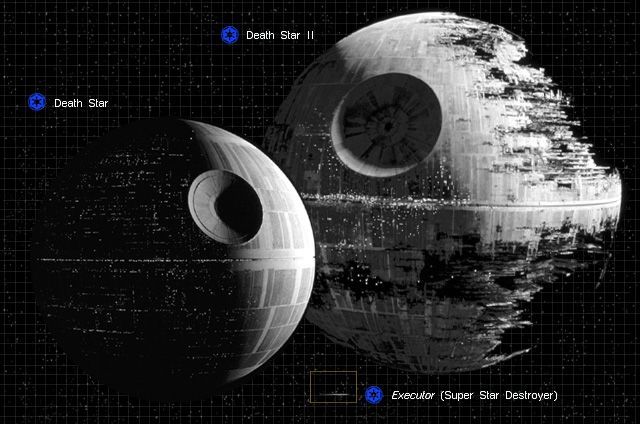
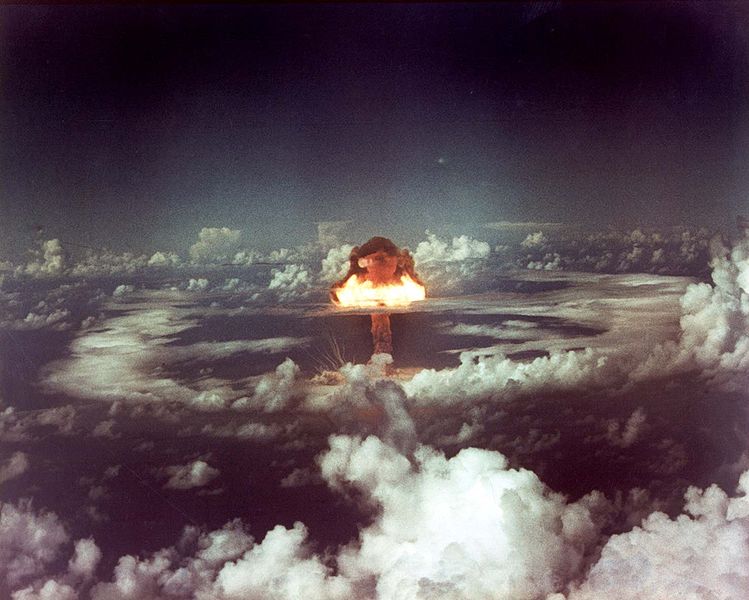
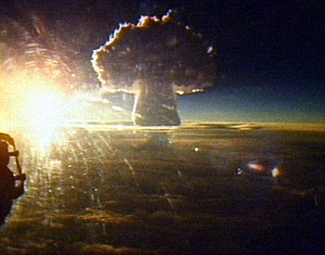
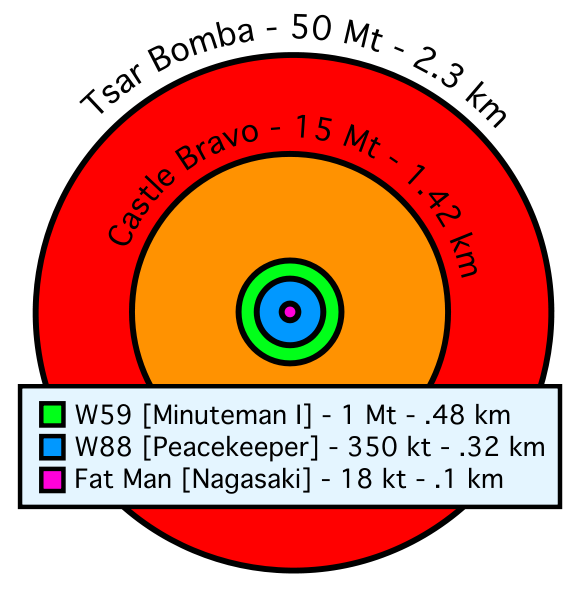
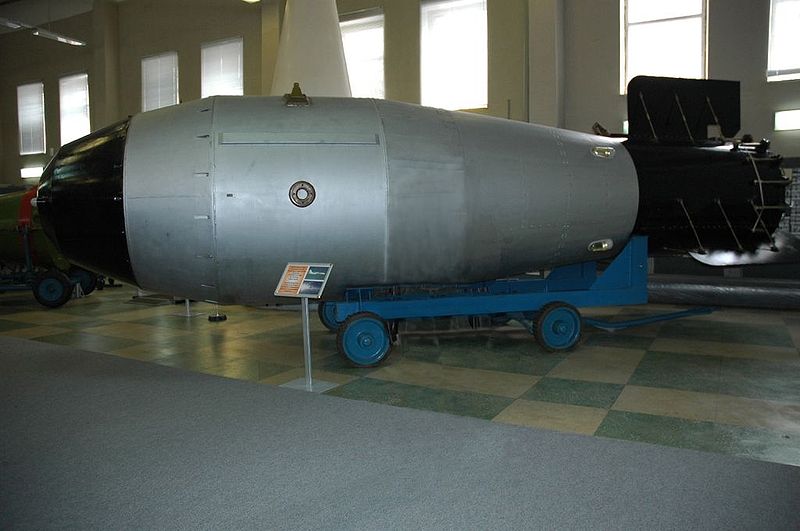



 ... เข้ามาดู
... เข้ามาดู